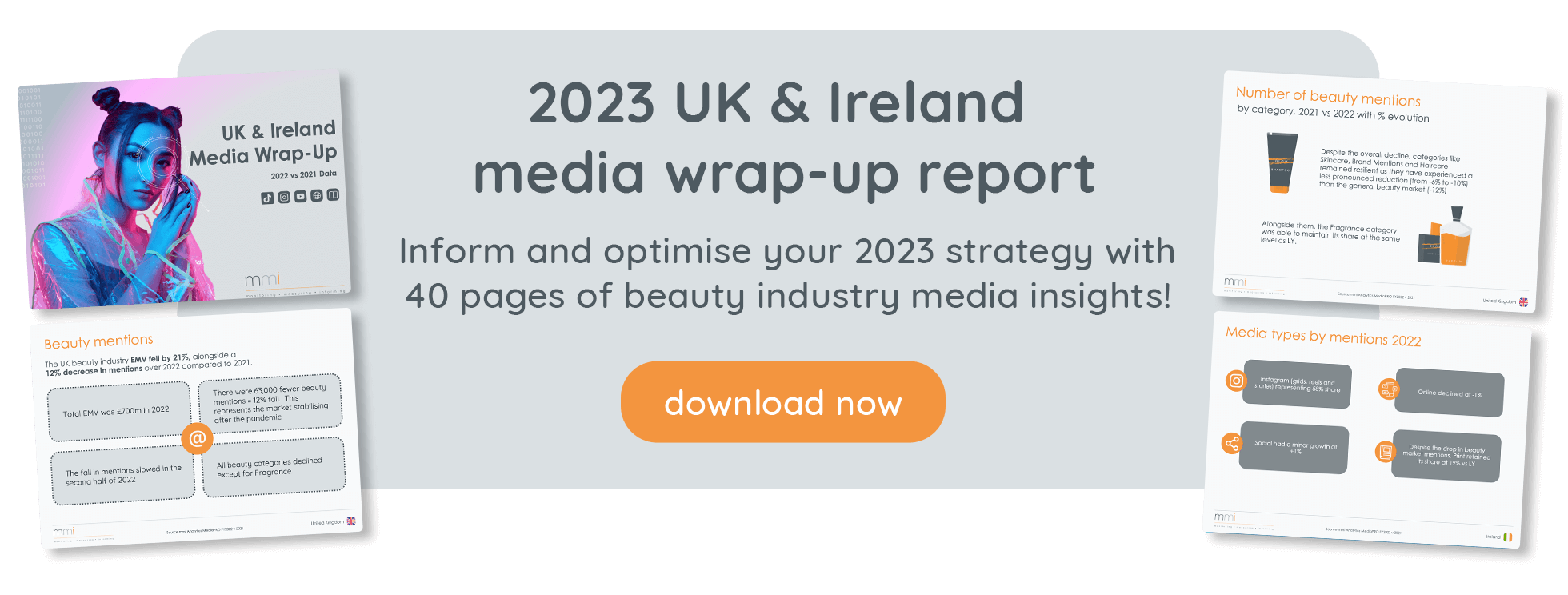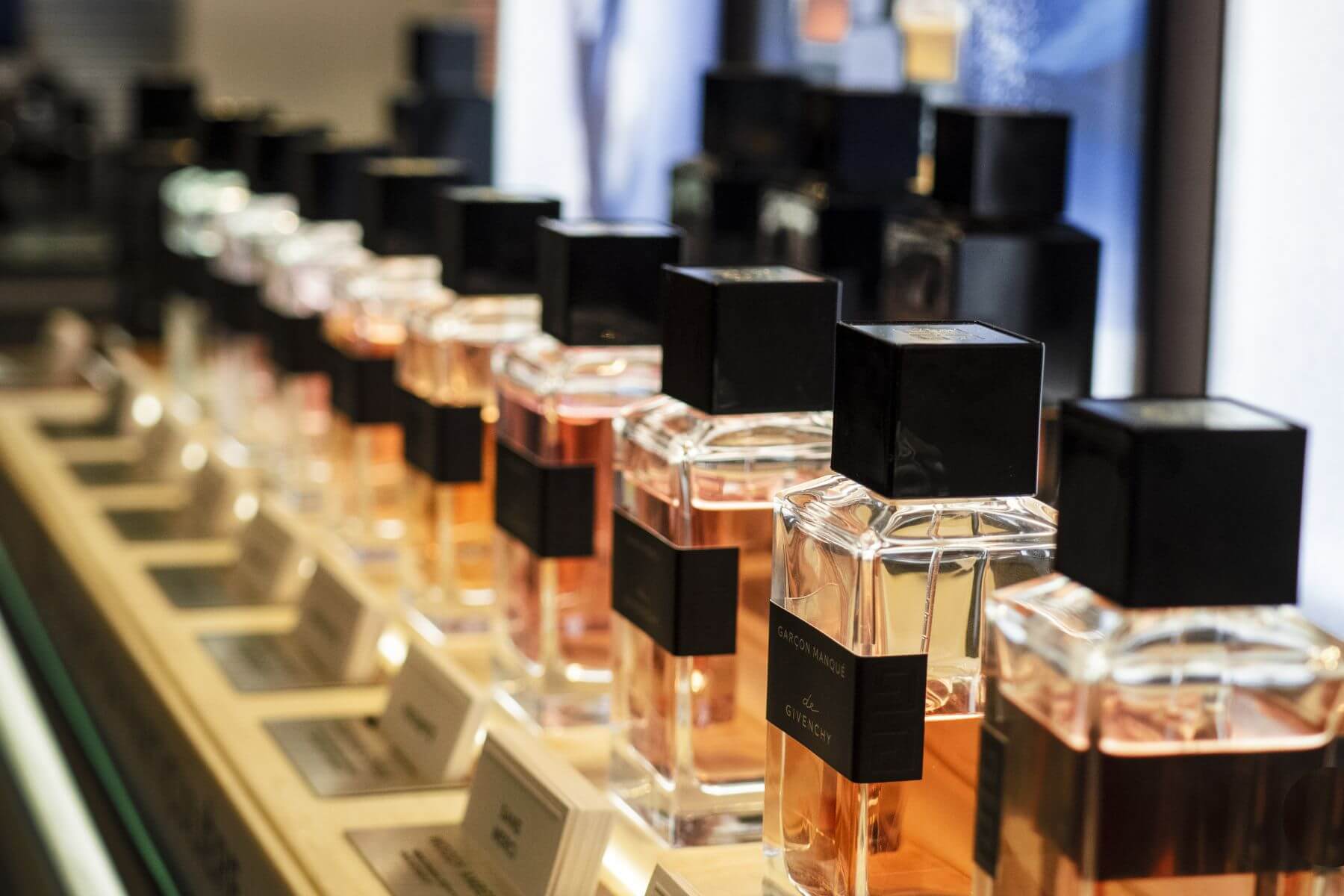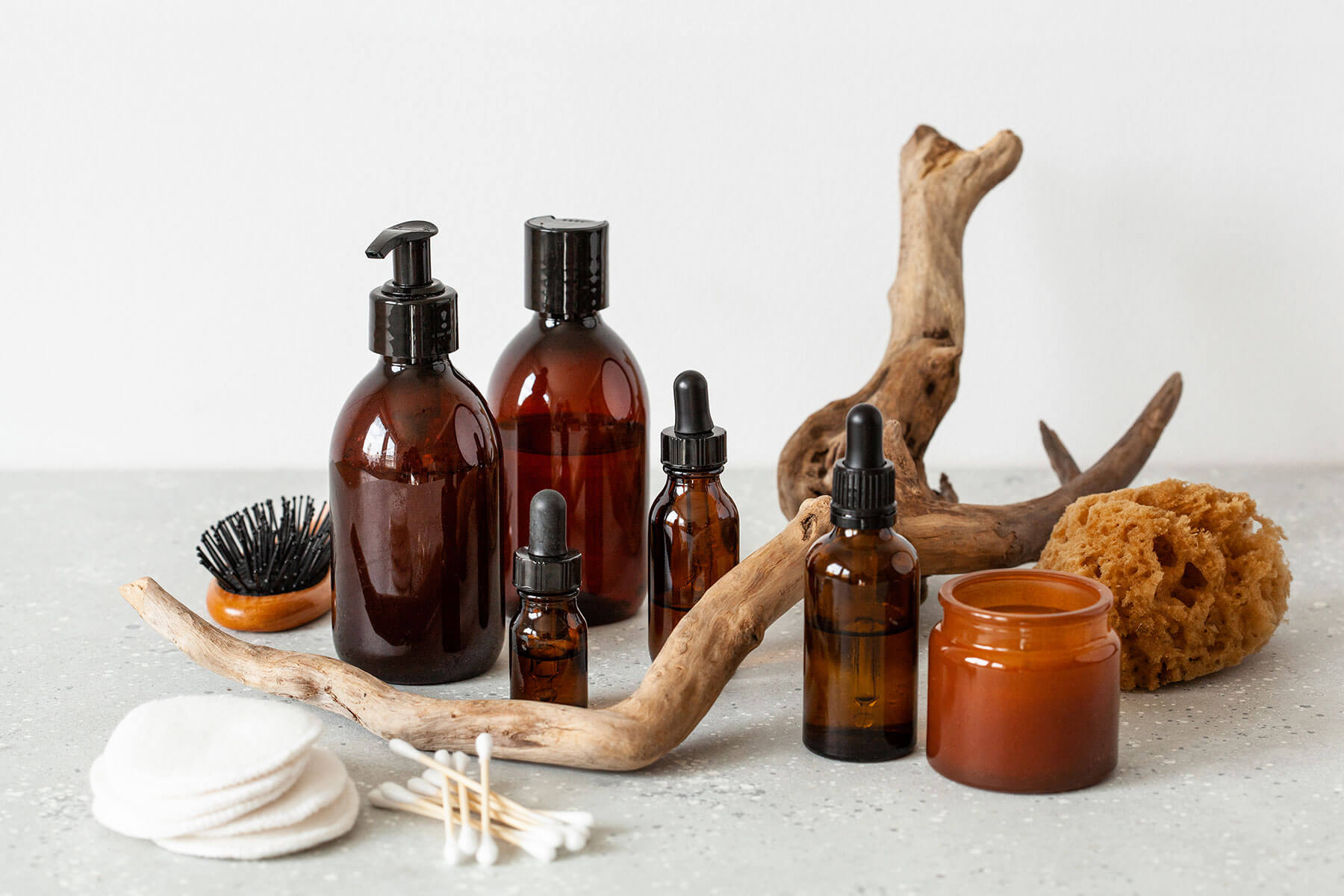The supplier and etailer relationship is a key cornerstone of successful ecommerce. Where there’s trust, respect and communication, there’s grounds for partnerships that benefit both sides. But what are those benefits – and how can forging bonds help beauty brands and etailers hit their goals?
Here, we’re breaking down the perks on each side of this important relationship...
Why the relationship is important to retailers
Consider the goals of a beauty etailer. They strive to provide the best customer experience, so they can become the go-to destination for a makeup refresh or a skincare haul. What matters to their customer matters to them, which is why exclusivity is one of the driving forces behind their relationships with their suppliers.
Whether it’s a whole new brand, a covetable import or a buzz-worthy product, retailers want to be the first choice for exclusives that will boost their customer acquisition. Think of the Drunk Elephant Babyfacial on Cult Beauty or Fenty Beauty’s arrival in Harvey Nichols. These are two headline-making launches that drew priceless attention to their chosen retailers. Snagging such prized partnerships can be the making of an etailer, securing its reputation as an unmissable store for beauty lovers.
A smooth supply chain is also vital. Retailers want healthy stock levels that keep ‘sold out’ signage at bay, so their customers don’t look elsewhere to find a must-have product. This is particularly pertinent as Amazon’s role in the industry expands. Once a hub for buying movies and books; it’s become one of the biggest beauty etailers in the world. Its seemingly endless stock and fast delivery has lured makeup, haircare and skincare lovers alike – leading to tougher competition in the etail space.
Meanwhile, retailers who maintain strong relationships with brands may see their profit margins grow, as they find themselves in a better position to discuss trade rebates or trade discounts. It’s illegal for brands to impose resale prices, but retailers and suppliers can still have valuable discussions about discounts and increasing payment terms.
Why the relationship is important to suppliers
Like etailers, suppliers want to make sure their products are always available to beauty shoppers. Having open lines of communication can help the logistics of a supply chain run smoother. Meanwhile, an etailer’s desire for exclusive launches is matched by a supplier’s need to sell new products. They want to get their NPD (new product development) on shelves, which requires support from their partner stores.
This goes beyond simply stocking the new product. Etailers now have thriving media channels, from which they can promote new products and generate hype amongst their customer base. Whether it’s Space NK’s Instagram grid or LookFantastic’s YouTube channel, these media outlets are proving as valuable as long-established magazines. Building bonds with such etailers may boost brands’ chances of gaining a mention on their lucrative platforms. Suddenly, brand PR extends far beyond editors and influencers.
Strong relationships can also help to enhance the promotions applied to brands’ product portfolios. They may be able to increase their sales with a favourable discount or customer personalisation (like free engraving). Such bonds can also soften discussions around payment terms and trade rebates, helping suppliers and etailers come to an agreement that’s mutually beneficial.
How the supplier-retailer relationship is changing
The merging of media and etail disciplines is forcing brands to work closer than ever before, as they strive to appeal to their fast-expanding online audience. According to a Condé Nast-commissioned study by research firm Tapestry, beauty consumers spend 80% of the customer journey in the pre-search or influence phase. As such, it’s becoming more important for brands to leverage etailers’ media platforms, using content that excites, engages and informs customers on the path to purchase. Beauty shoppers have become less loyal and are looking for quick, convenient ways to buy the right product. Etailer blogs, newsletters and social posts ensure their journey is frictionless.
This emphasis on content and media isn’t new to suppliers and etailers. Optimising the digital shelf has long been a key step to boosting product page conversions. Except, now. there’s competition across the board – from brand to brand and store to store – as etail media becomes less of a ‘nice-to-have’ and more of an expected essential.
Collaborating on content proves effective for paid social and PPC marketing, too. Instead of launching separate campaigns, brands and etailers are seeing the value in teaming up. Rather than wasting money outbidding each other for ad space on Google search, they’re combining budgets to maximise their outreach. This approach brings a whole new meaning to ‘dream team’.
Up next: discover how brands can plan influencer outreach by media type.





